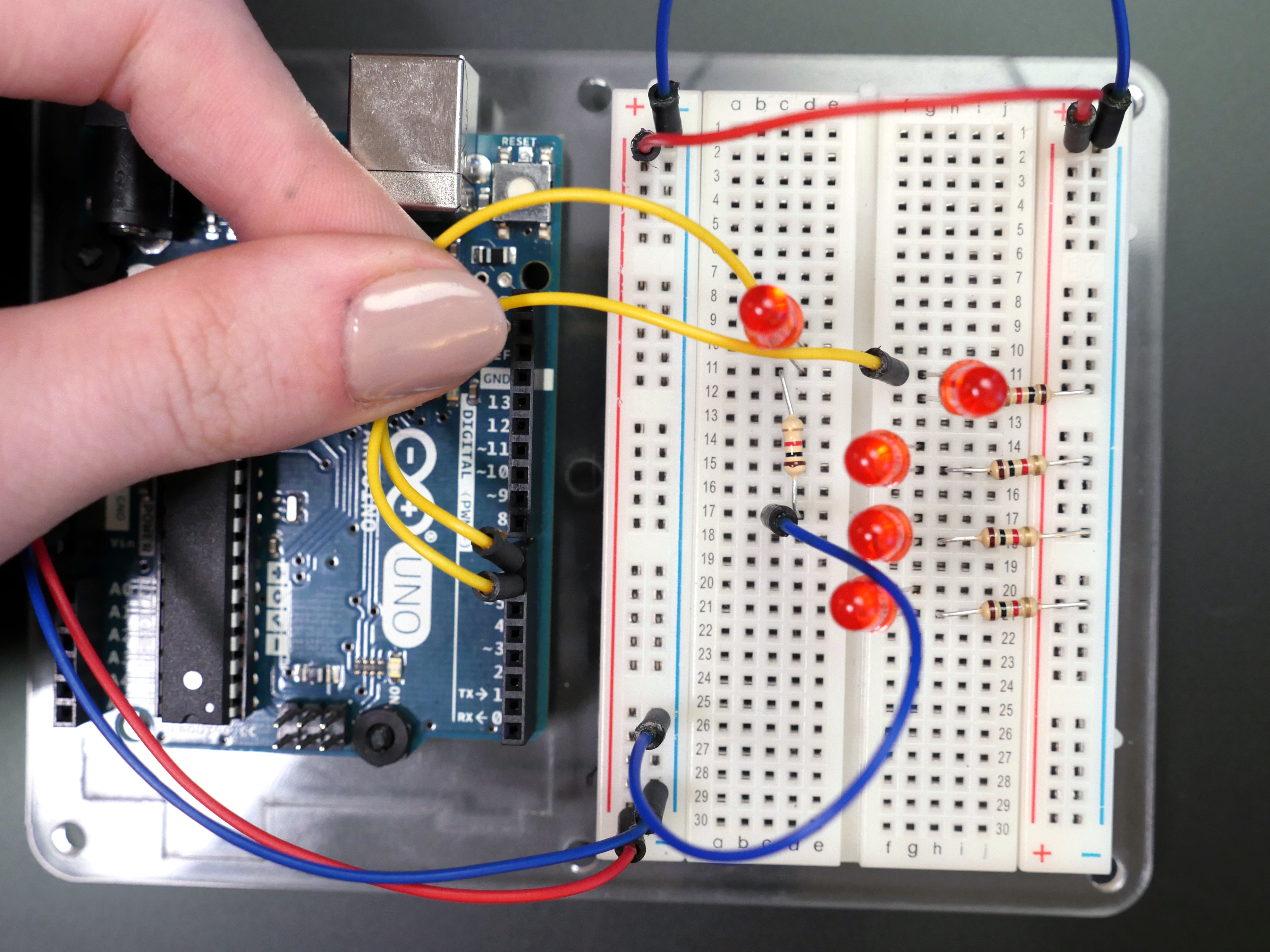

- #ARDUINO ANALOGWRITE GROUND HOW TO#
- #ARDUINO ANALOGWRITE GROUND SOFTWARE#
- #ARDUINO ANALOGWRITE GROUND CODE#
We'll define and explore PWM in the next steps. This first section is a comment, describing what the program does. The PWM pins are identified with a "~" sign, Want to change the pin you're using, be sure to The analogWrite() function uses PWM, so if you
#ARDUINO ANALOGWRITE GROUND HOW TO#
This example shows how to fade an LED on pin 9
#ARDUINO ANALOGWRITE GROUND CODE#
In the code text editor, you can see the Arduino code generated by the code blocks: /* Or duplicate this one, and this time change it to count down, start with Either drag a new counting loop into the editor, To fade the LED back off again, we have to createĪnother counting loop. The counting loop you created fades the LED from off to all the way on. The duration of this block can be changed to slow This gives time for the light to shine at each brightness level so you have time to see itīefore it changes. Output block to set pin 9 to the current value of brightness, whichĬhanges over the course of the counting loop.Īdd a wait block, and set it to 30 milliseconds. Navigate to Variables and drag the brightness block to the Inside the counting loop, add an output block to set one of the special pins, and adjust it to pin 9. Adjust the "from" and "to" values to 0 and Click the dropdown next to "for" and select "rename variable.", then In order to convert this value, use a function called map (): outputValue map(sensorValue, 0, 1023, 0, 255) outputValue is assigned to equal the scaled value from the potentiometer.

Click Code Editor to open the code blocks editor. analogWrite range only from 0 to 255, therefore the data from the potentiometer needs to be converted to fit into the smaller range before using it to dim the LED. Let's go over the simple program we're using to fade the LED, which can be built in code blocks or composed using the Arduino programming language.
#ARDUINO ANALOGWRITE GROUND SOFTWARE#
If you want to follow along with your physical Arduino Uno (or compatible) board, you'll also need a USB cable and a computer with the free Arduino software (or plugin for the web editor) installed, a breadboard, an LED, resistor (any one from 100-1K ohms will do), and some breadboard wires.Ĭlick Start Simulation to watch the LED fade brighter and dimmer. It's perfect for learning, teaching, and prototyping. Tinkercad Circuits is a free browser-based program that lets you build and simulate circuits. You can use the simulator any time to test your circuits.

Click "Start Simulation" to watch the LED fade. You can follow along virtually using Tinkercad Circuits.You can even view this lesson from within Tinkercad if you like! Explore the sample circuit or build your own in a new circuit workplane. We'll connect an LED to one of these special pins and compose a simple program to slowly fade the LED brighter and dimmer. These pins are labeled on the Arduino Uno with tildes (~) next to the pin number. You've probably already learned how to use Arduino's digital i/o pins to send HIGH and LOW signals to an LED, but some of these pins are capable of simulating a signal somewhere in between. Let's learn to adjust an LED's brightness using one of the Arduino's analog outputs.


 0 kommentar(er)
0 kommentar(er)
